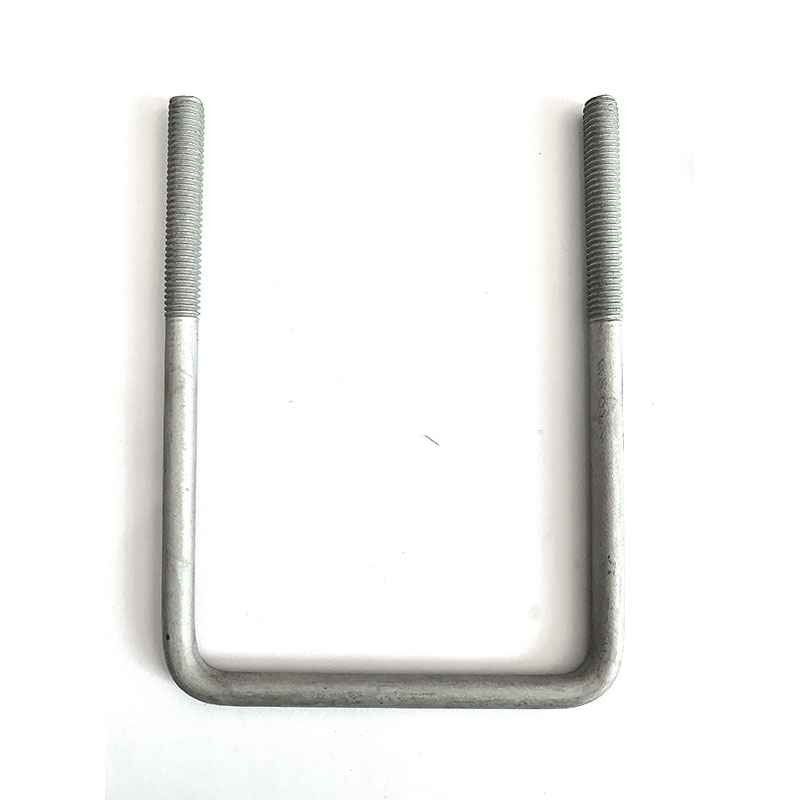Flange Bolts: The Unsung Heroes of Secure Connections
2023-12-21
Introduction:
In the dynamic world of fasteners, where strength, stability, and convenience are paramount, flange bolts emerge as unsung heroes. Their unique design sets them apart, providing a range of benefits in various applications. In this blog post, we'll explore the world of flange bolts, shedding light on what makes them unique and indispensable in the realm of fastening solutions.
Anatomy of Flange Bolts:
1. Threaded Shaft:
Like traditional bolts, flange bolts feature a threaded shaft. This threaded section allows them to be securely fastened into a corresponding threaded hole or nut.
2. Flange Head:
The distinguishing feature of flange bolts is their flange head. Instead of a standard bolt head, flange bolts have a flared, circular flange beneath the head. This flange provides a larger bearing surface, distributing the load over a broader area.
3. Integrated Washer:
The flange on a flange bolt incorporates an integrated washer. This eliminates the need for a separate washer during installation, streamlining the fastening process and reducing the number of components.
4. Non-Serrated Flange:
In many flange bolts, the flange is non-serrated, meaning it does not have teeth or serrations. This smooth flange surface offers a clean and uniform appearance while providing stability and load distribution.
5. Hexagonal Head:
Flange bolts typically have a hexagonal head, allowing for easy engagement with common tools such as wrenches or sockets. This hex head facilitates straightforward installation and removal.
Unique Characteristics of Flange Bolts:
1. Built-In Washer Functionality:
The integrated washer function of the flange bolt is a key distinguishing factor. This built-in washer serves multiple purposes, including providing a smooth bearing surface, preventing damage to the material being fastened, and distributing the load evenly.
2. Reduced Assembly Time:
The integrated washer eliminates the need for a separate washer, reducing the number of components required during assembly. This not only simplifies the installation process but also contributes to overall efficiency and time savings.
3. Enhanced Load Distribution:
The flange head of the bolt provides a larger surface area compared to traditional bolt heads. This enhanced bearing surface distributes the load over a wider area, reducing the risk of surface damage and improving the overall stability of the connection.
4. Resistant to Loosening:
The design of flange bolts, with their integrated washer and smooth flange, helps resist loosening under vibration or dynamic loads. The non-serrated flange surface contributes to a secure and stable connection.
Applications of Flange Bolts:
1. Automotive Industry:
Flange bolts are commonly used in the automotive industry for securing components that require a stable and vibration-resistant connection. They may be found in engine assemblies, suspension systems, and various other applications.
2. Construction and Structural Engineering:
In construction and structural engineering projects, flange bolts play a role in connecting structural elements securely. Their ability to distribute loads and resist loosening makes them suitable for these applications.
3. Machinery and Equipment Manufacturing:
The integrated washer functionality of flange bolts makes them advantageous in machinery and equipment manufacturing. They are used to fasten components in place, providing stability and reliability.
4. Rail and Transportation:
Flange bolts are employed in rail and transportation applications, where their ability to withstand dynamic loads and vibrations is valuable. They contribute to the stability and safety of rail infrastructure.
5. Aerospace Industry:
In the aerospace industry, where precision and reliability are critical, flange bolts find applications in securing components of aircraft and spacecraft. Their stable connection is essential for the safety and performance of aerospace systems.
Conclusion:
Flange bolts, with their integrated washer and flange head design, stand as versatile and reliable connectors in a variety of applications. From automotive assemblies to structural engineering projects, their unique characteristics contribute to secure and stable connections. As these unsung heroes quietly play their role in diverse industries, flange bolts exemplify the importance of innovative design in the world of fasteners.



